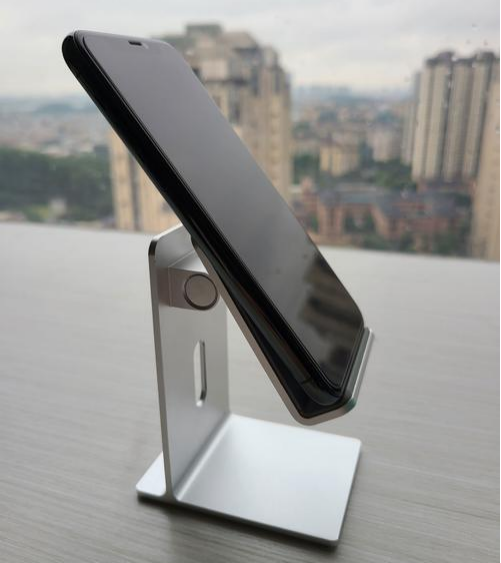1. Introduction
Titanium powder has emerged as a cornerstone material in advanced manufacturing, particularly in additive manufacturing (AM) and high-performance industrial applications. Unlike bulk titanium, which is valued for its strength-to-density ratio and corrosion resistance, titanium powder unlocks new possibilities through processes like laser powder bed fusion and hot isostatic pressing. With growing demand across aerospace, biomedical, and defense sectors, understanding the nuances of titanium powder types, production methods, and market dynamics—including titanium powder price and availability—is essential for engineers, procurement specialists, and researchers.

2. Types of Titanium Powder and Their Applications
2.1 Pure Titanium Powder vs. Titanium Alloy Powder
Pure titanium powder (often Grade 1 or 2) is used where biocompatibility and corrosion resistance are paramount, such as in dental implants and chemical processing equipment. In contrast, titanium alloy powder—most notably Ti6Al4V (also known as Ti64)—offers enhanced mechanical properties, making it the dominant choice for aerospace components and load-bearing medical devices. Ti6Al4V powder price typically exceeds that of pure titanium due to alloying elements and stricter quality controls required for additive manufacturing.
2.2 Specialty Titanium-Based Powders

Beyond metallic forms, several ceramic and intermetallic titanium powders serve niche roles. Titanium nitride powder and titanium carbide powder are valued for extreme hardness and thermal stability, often used in cutting tools and wear-resistant coatings. Titanium diboride powder (TiB2) and titanium boride powder exhibit high electrical conductivity and are employed in cathodes and armor systems. Meanwhile, TiO2 nano powder (titanium dioxide nanopowder) is widely used in sunscreens, pigments, and photocatalysis—not to be confused with titanium metal powder, which is reactive and unsuitable for consumer cosmetics.
2.3 Forms Critical for Additive Manufacturing
For titanium powder additive manufacturing, particle morphology is crucial. Spherical titanium powder—typically produced via plasma or gas atomization—ensures excellent flowability and packing density, directly impacting print quality. Irregular HDH titanium powder, while cheaper, is less suitable for high-precision 3D printing but finds use in powder metallurgy and sintering applications. Consequently, titanium 3D printing powder commands a premium, with titanium powder for 3D printing price often ranging from $300 to $800 per kg depending on purity, size distribution, and supplier.

3. Production Methods: Gas Atomization vs. HDH
Gas atomized titanium powder is created by melting titanium under inert atmosphere and disintegrating the melt stream with high-pressure argon or nitrogen gas. This yields spherical particles ideal for AM but at higher cost. Conversely, the Hydride-Dehydride (HDH) process involves hydrogenating titanium sponge to form TiH2 powder (tih2 powder), then dehydrogenating it to produce irregular, angular particles. HDH powder is more economical—impacting titanium powder cost—but requires post-processing for AM use.
4. Market Dynamics and Pricing Considerations
Titanium powder price per kg varies significantly based on type, purity, and production method. Pure titanium powder may cost $150–$300/kg, while Ti6Al4V powder price can exceed $600/kg for aerospace-grade spherical powder. Factors influencing titanium metal powder price include raw material costs (e.g., titanium sponge), energy-intensive processing, and stringent quality certifications. Buyers seeking to buy titanium powder should evaluate not only upfront cost but also consistency, oxygen content, and particle size distribution—key indicators of performance in critical applications.
5. Comparison with Refractory Metal Powders
While titanium powder dominates lightweight high-strength applications, it often competes or complements other refractory metal powders. Molybdenum powder (moly powder), including molybdenum disulfide powder (MoS2 powder) and TZM powder, offers superior high-temperature stability and is used in furnace components and lubricants. Similarly, tungsten powder—especially spherical tungsten powder and tungsten carbide powder—is favored for radiation shielding and cutting tools due to its exceptional density (~19.3 g/cm³). Tungsten powder price per kg typically ranges from $30 to $100, significantly lower than titanium, though global tungsten & powders corporation and other suppliers note rising demand for high-purity variants.
6. Sourcing and Supplier Considerations
When looking to buy titanium powder for sale, reliability is key. Reputable titanium powder suppliers must provide certificates of analysis, traceability, and compliance with standards like ASTM F3049 for AM powders. International titanium powder markets are served by specialized producers in the U.S., Germany, Japan, and China. For those comparing titanium powder vs. alternatives like molybdenum oxide powder or tungsten trioxide powder, application-specific performance—not just price—should guide selection.
7. Conclusion
Titanium powder is not a monolithic material; its value lies in the diversity of forms—from pure and alloyed metallic powders to advanced ceramics like titanium carbide and nitride. Understanding the trade-offs between production methods, performance requirements, and cost is vital for optimal material selection. As additive manufacturing continues to expand, the demand for high-quality spherical titanium powder will likely sustain premium pricing, while innovations in recycling and alternative processing may moderate long-term titanium powder cost. Whether sourcing Ti64 powder for jet engines or evaluating titanium nanopowder for research, stakeholders must align specifications with application needs to maximize ROI and performance.
Our Website founded on October 17, 2012, is a high-tech enterprise committed to the research and development, production, processing, sales and technical services of ceramic relative materials such as Compare. Our products includes but not limited to Boron Carbide Ceramic Products, Boron Nitride Ceramic Products, Silicon Carbide Ceramic Products, Silicon Nitride Ceramic Products, Zirconium Dioxide Ceramic Products, etc. If you are interested, please feel free to contact us.
